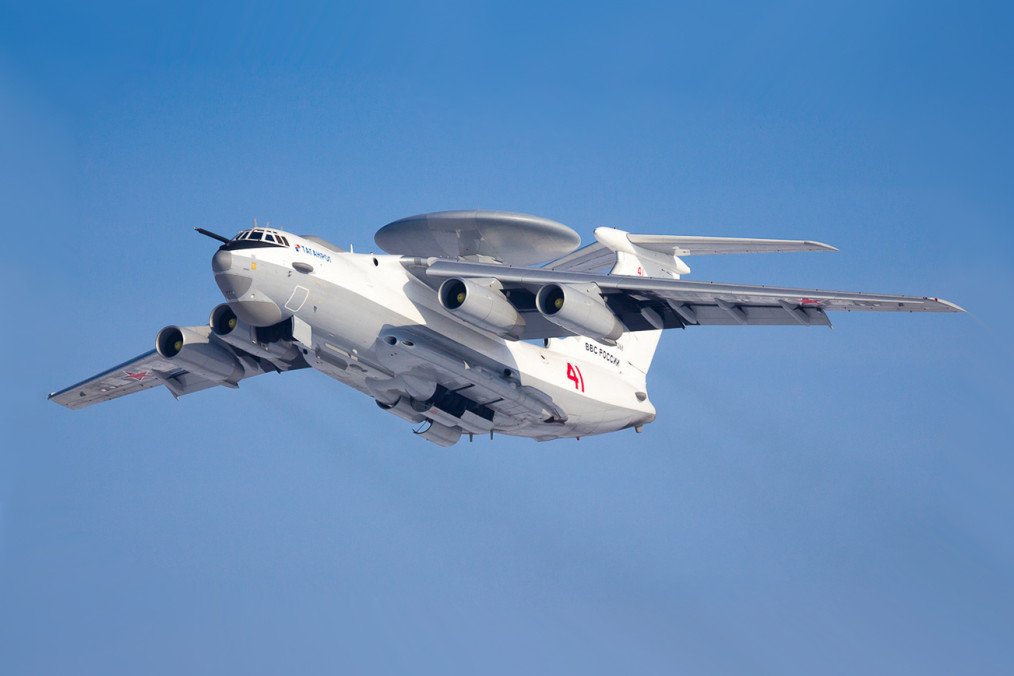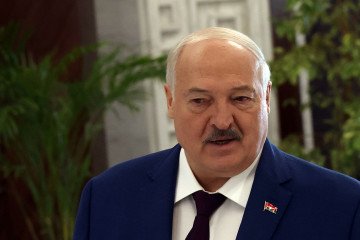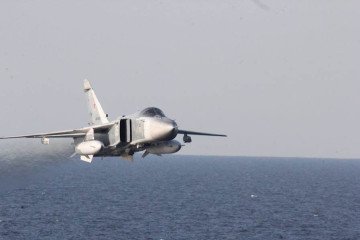- Category
- Latest news
North Korea’s Airborne Radar System Takes Shape, Satellite Imagery Confirms

North Korea is close to completing its first airborne early warning and control (AEW&C) aircraft, based on an Il-76 airframe, according to satellite imagery analyzed by 38 North on March 4.
Recent satellite images taken on March 3, 2025, show that the modified Il-76, previously observed undergoing conversion, is now equipped with a mounted radar system.
“The radar design features markings distinct from those used by U.S. or Russian aircraft but closely resembling those seen on Chinese AEW&C planes,” the 38 North noted.
These markings typically indicate a three-array phased radar system providing a 120-degree field of view, allowing real-time airspace monitoring without the need for rotation.
North Korea appears close to completing its first airborne early warning aircraft—a significant upgrade for an air force that has not seen new airborne capabilities in years. Analysis by @martyn_williams & @IlianaRagnone. https://t.co/c5admuPM1L
— 38 North (@38NorthNK) March 4, 2025
While the resemblance to Chinese systems is notable, it remains unclear whether the radar was supplied by China or developed independently.
Speculation about North Korea’s airborne radar program first arose in July 2024, when satellite images captured an Il-76 positioned in a restricted area at Sunan Airport, Pyongyang. The aircraft, surrounded by unidentified equipment, had visible structural modifications, including a mounting platform on the upper fuselage—similar to early Soviet A-50 AEW&C aircraft.
The first signs of major modification work appeared in November 2023, and by October 2024, ground-level images surfaced confirming the aircraft was being retrofitted for airborne surveillance operations.
The Il-76 does not currently serve in North Korea’s Air Force but is one of three units operated by Air Koryo, the state airline. Its conversion into an AEW&C aircraft marks a major step for North Korea’s air capabilities, which haven’t received new aircraft in years.
-3e495585fff46b2c2b9fa03978a062bd.jpg)
Seoul-based defense analyst Jeong Chan-wook, head of the Korea Defense Study Forum, told that the new aircraft could significantly enhance North Korea’s ability to track aircraft and military assets in real-time.
“This is like giving North Korea’s Air Force a pair of eyes, allowing them to detect, track, and relay military movements to ground command centers,” Jeong said.
He estimated that at least four AEW&C aircraft would be necessary for North Korea to conduct round-the-clock surveillance over South Korea. By comparison, South Korea currently operates four AEW&C aircraft and has plans to acquire four more.
North Korea’s state media has remained silent on the development of this aircraft, and its full capabilities remain uncertain.
Earlier, North Korea tested a new cruise missile capable of carrying a nuclear charge, referring to it as a “strategic” weapon.
The missile test, conducted on the morning of February 26 near North Korea’s western coast, was observed by dictator Kim Jong Un. The North’s military described the launch as a demonstration of its counterattack capabilities and the readiness of its nuclear forces.




-72b63a4e0c8c475ad81fe3eed3f63729.jpeg)

-111f0e5095e02c02446ffed57bfb0ab1.jpeg)
